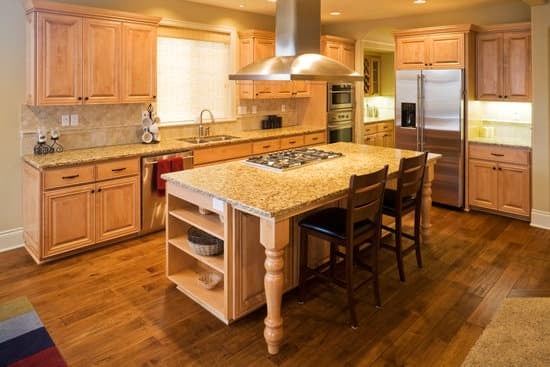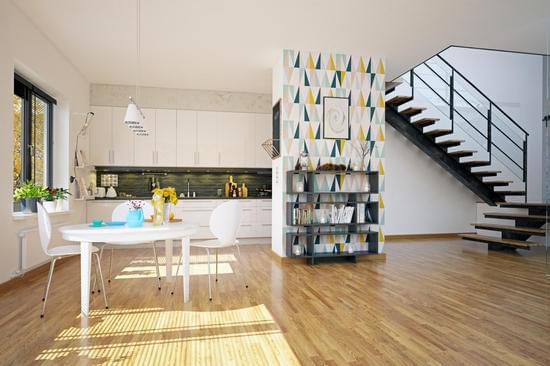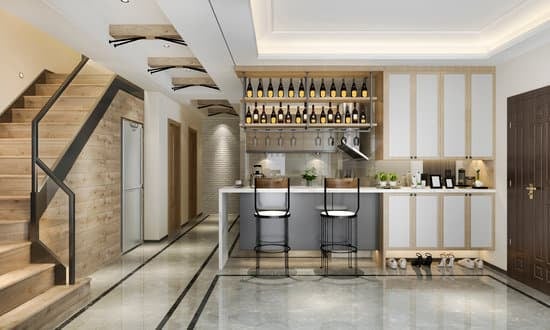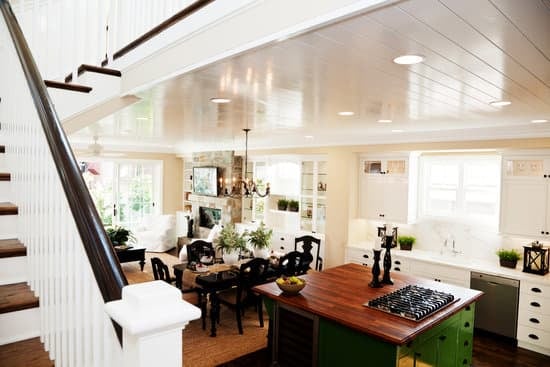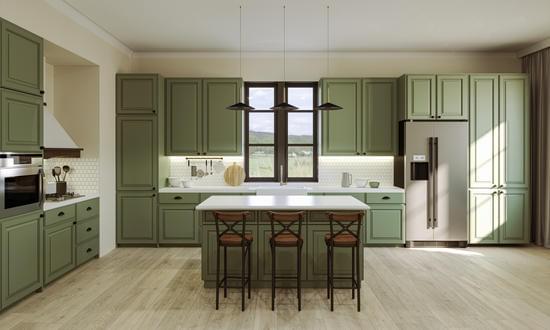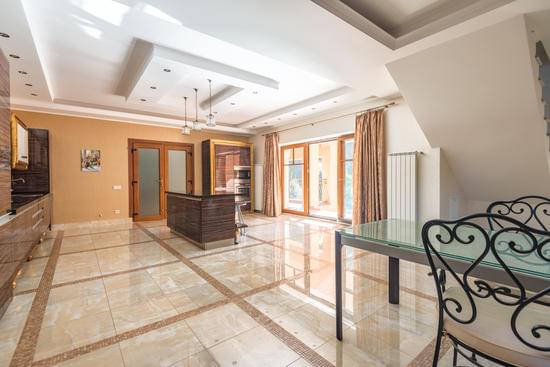Are you tired of dirt and debris accumulating in the gap between your kitchen cabinet and the wall? Not only is it unsightly, but it can also be a breeding ground for pests. In this article, we will guide you through the process of filling that annoying gap, ensuring a clean and seamless look. By following our step-by-step instructions, you’ll have a safer and more hygienic kitchen in no time. So let’s get started on closing that gap!
Assessing the Size and Shape of the Gap
You’ll need to assess the size and shape of the gap between your kitchen cabinet and wall before filling it. Start by measuring the gap accurately using a tape measure. This will ensure that you have the correct dimensions when finding a solution. Safety is important, so be cautious while measuring and avoid any potential hazards.
Once you have determined the size of the gap, it’s time to explore alternative solutions. One option is to use filler strips or shims to fill in the space. These can be cut to size and inserted between the cabinet and wall for a snug fit. Another solution could be installing trim or molding along the edges of the cabinet to cover up any gaps.
Remember, safety should always come first when assessing and filling in gaps between your kitchen cabinet and wall. Take your time, measure accurately, and consider all possible alternatives before making a decision.
Choosing the Right Filler Material
When selecting the appropriate material, it’s important to consider the size and shape of the space. Comparing different types of filler materials can help you make an informed decision. Two popular options are silicone caulk and acrylic caulk.
Silicone caulk is known for its flexibility and durability, making it a great choice for larger gaps or areas prone to movement. It provides excellent water resistance and is resistant to mold growth. However, it can be more difficult to work with and may require a longer curing time.
On the other hand, acrylic caulk is easier to apply and dries faster than silicone caulk. It is ideal for smaller gaps or areas that don’t experience much movement. While it may not have the same level of flexibility as silicone, acrylic caulk still offers good water resistance.
Consider both the pros and cons of using silicone caulk versus acrylic caulk when choosing a filler material for your kitchen cabinet gap. This will ensure you find a solution that meets your specific needs while keeping safety in mind.
Preparing the Gap for Filling
To get started, make sure you’ve properly cleaned and prepped the space for filling. Safety should be your top priority when preparing the gap between your kitchen cabinet and wall. Begin by removing any debris or dust using a vacuum cleaner or a damp cloth. Next, inspect the area for any loose screws or nails that may cause potential hazards. Tighten them if necessary or replace them with longer ones for added stability.
When it comes to preparation techniques, consider sanding down rough edges to create a smooth surface for filling. This will ensure that the filler material adheres properly and creates a seamless finish. Additionally, you can use painter’s tape to protect surrounding surfaces from accidental spills or smudges during the filling process.
As for alternative filler options, some popular choices include wood putty, caulk, or expanding foam. Wood putty works well for small gaps and can easily be sanded and painted over for a flawless look. Caulk is great for sealing larger gaps while providing flexibility. Expanding foam is ideal for irregular-shaped gaps as it expands to fill in all crevices.
Remember to follow safety guidelines throughout the preparation process to achieve satisfying results while keeping yourself protected.
Filling the Gap with Caulk or Wood Filler
For a seamless finish, try using caulk or wood filler to fill in the space between your kitchen cabinet and the wall. When choosing the best caulk for the job, opt for one that is specifically designed for kitchen and bathroom applications. Look for a caulk that is mold and mildew resistant, as this will help ensure a safe and clean environment in your kitchen. Before applying the caulk or wood filler, make sure to thoroughly clean the gap and remove any debris or loose material. Apply the caulk or wood filler evenly along the gap, using a caulking gun or putty knife. Smooth out any excess with your finger or a damp cloth for a professional finish. Allow it to dry completely before touching or painting over it. Following these tips will help you achieve a safe and aesthetically pleasing result in your kitchen.
Finishing Touches for a Seamless Look
To achieve a seamless look, consider adding finishing touches to your kitchen cabinets. Here are three ideas to help you create a custom trim solution and add some design flair with wall decals:
- Install crown molding: Crown molding can be used to bridge the gap between your kitchen cabinets and the wall, giving them a polished and cohesive appearance. It also adds an elegant touch to your kitchen decor.
- Use baseboard or shoe molding: Another option is to install baseboard or shoe molding along the bottom of the cabinets. This will not only fill in the gap but also provide extra protection against dirt and moisture buildup.
- Incorporate wall decals: Wall decals are a fun way to add some personality and style to your kitchen space. Choose decals that complement your cabinet color or theme, such as fruits, vegetables, or abstract designs.
By following these tips, you can ensure that there are no gaps between your kitchen cabinets and walls while adding a touch of creativity to your cooking space.
Conclusion
So there you have it, filling the gap between your kitchen cabinet and wall is a simple task that can greatly improve the aesthetics of your kitchen. By following the steps outlined in this article, you can easily assess the size and shape of the gap, choose the right filler material, prepare the gap for filling, and ultimately fill it with caulk or wood filler. Don’t forget to add those finishing touches for a seamless look. Happy fixing!

